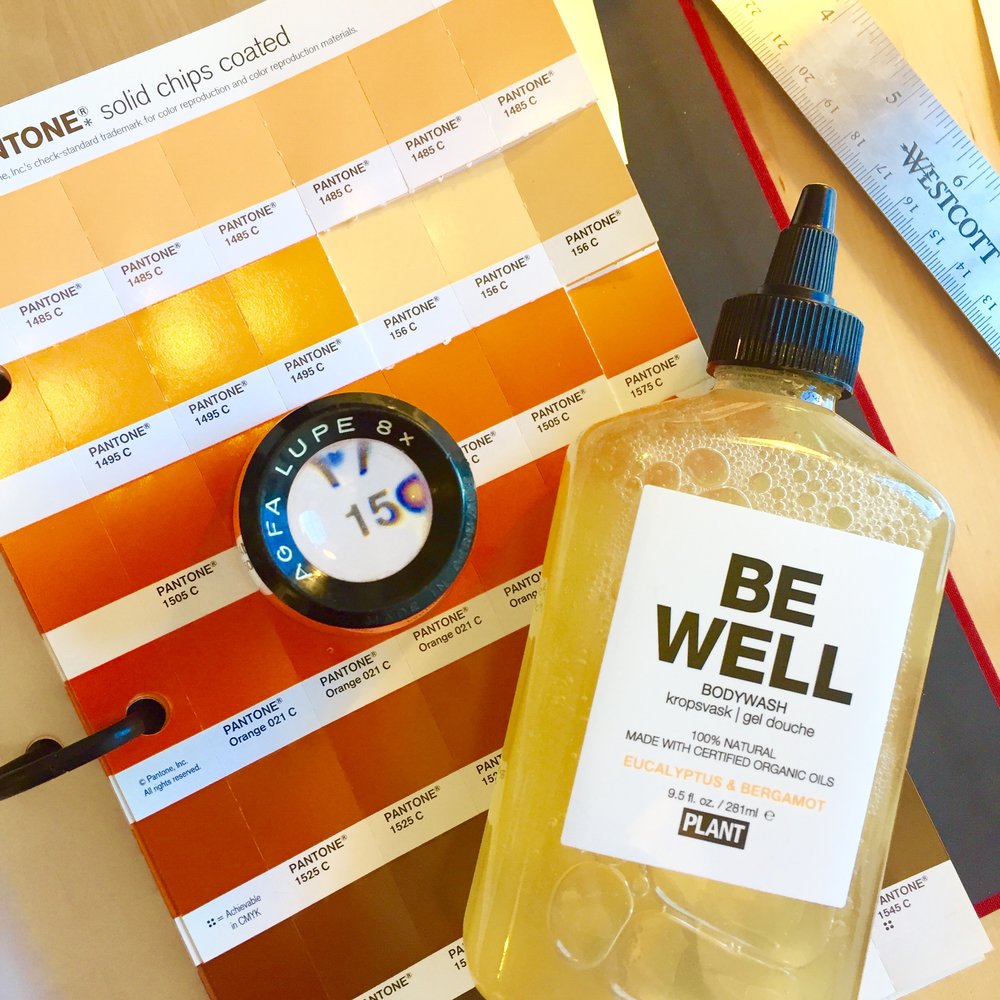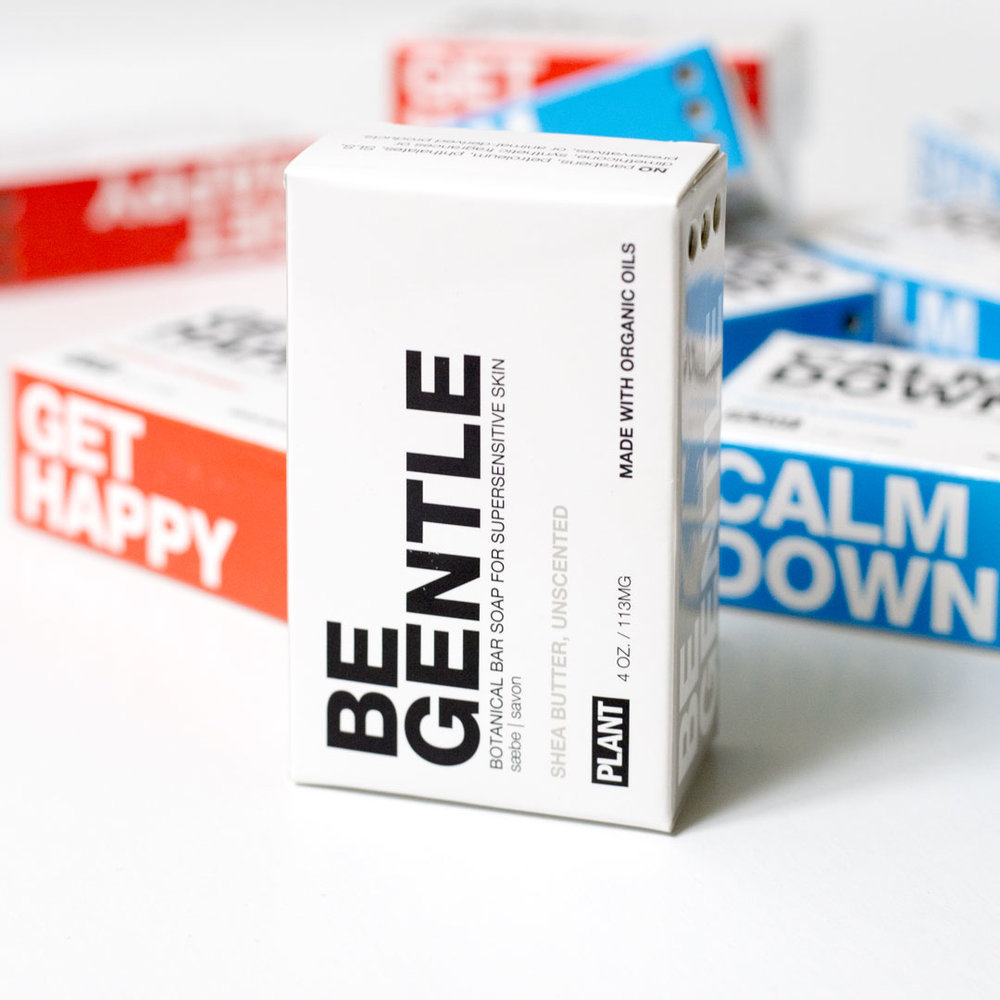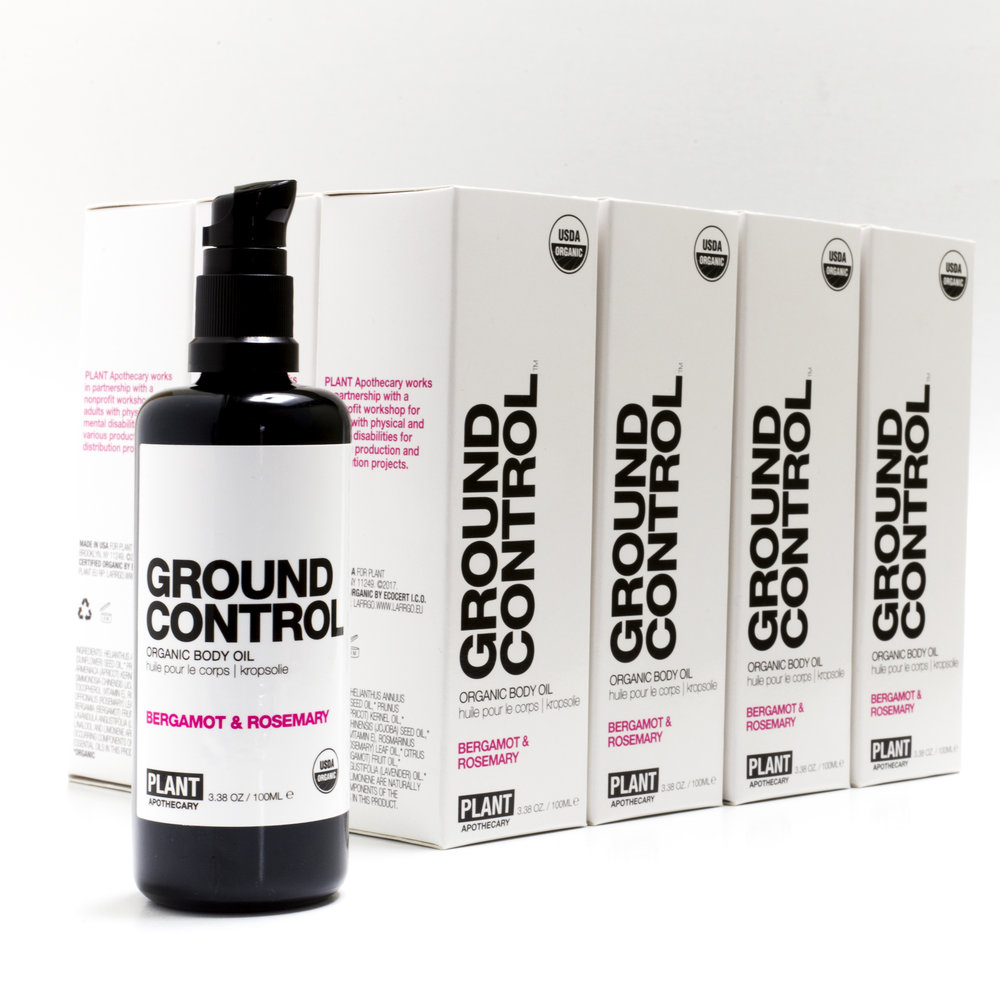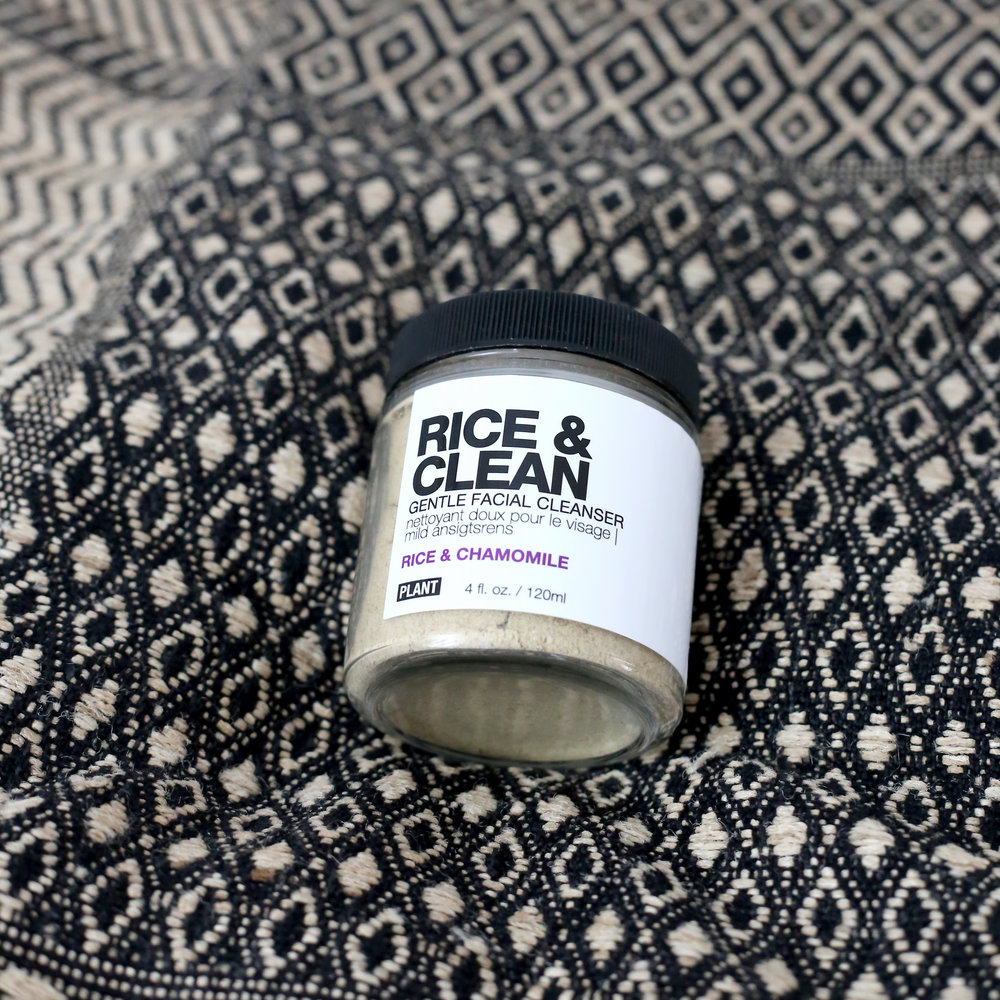
By: Margaret Andersen
As an entrepreneur, you’re in for a lot learning by doing. Turning to other business owners and learning about their experiences, though, can help you on your own journey. In this final part of a 4-part series, Holly McWhorter, owner of PLANT Apothecary, reflects on the challenges she’s encountered, mistakes she’s made, and what’s in store for the future of PLANT.
Read part 1, part 2, and part 3.
What was your biggest challenge in founding PLANT?
Holly: Keeping track of all the different moving parts. Running a physical products based business, with many different kinds of products, is wildly complex—there’s finance, formulation, design, production, sourcing, marketing, sales, logistics, management, organization, and more. And while some people’s minds are wired to handle that kind of work, and maybe even enjoy the challenge, Bjarke’s and mine are more wired for sustained focus on single creative projects. So it’s been very easy to get extremely overwhelmed.
If you could go back and do anything differently in this process, what would you want to change?
Holly: We’d have started out with an overall plan for staffing and finance further down the line. It’s great to be able start small and not need help or outside financing, but the trick lies in what will happen as you start to grow—especially if that growth happens quickly. Without any background in business, we had no idea what we’d be getting into if things went well. But knowing that now, we would have been more strategic about being prepared for growth.
Did you make any big mistakes during the first few years you were in business? If yes, can you share one or two?
Holly: [see the above question] Not planning for how to delegate the many tasks of running a business as we grew. Our need for help came along before we had the funds in place to pay for the help we needed, or the space to fit those additional people.
What is your main advice to other entrepreneurs who would like to start their own company?
Holly: Try to fill a hole in the market so that your products can at least “sell themselves” a little bit, once you get the word out about them. Make sure your product is something people not only will find appealing, but will feel comfortable spending what you want to charge for it. And don’t think that if the business takes off, you’ll be able to wear all the hats forever. Start off with at least some idea of how you’ll bring on people with skill sets different from yours when it becomes necessary.
What’s in store for the future of PLANT?
Holly: In general, we’ll be bringing out new products—including some for hair!—and expanding our reach across the globe.
What do you think has contributed to the success of your business?
Holly: We like to think that people are drawn to our products because of the package design—and then when they try them, they appreciate the effectiveness and simplicity of the products themselves. And we hope they appreciate our mission to be environmentally and socially responsible, making us a business that they want to support.


Margaret Andersen
Margaret is a freelance graphic designer and writer based in Los Angeles. She received her MFA in Graphic Design from the California Institute of the Arts. She writes for AIGA’s blog Eye on Design, and is currently designing futuristic things for USC’s World Building Media Lab













